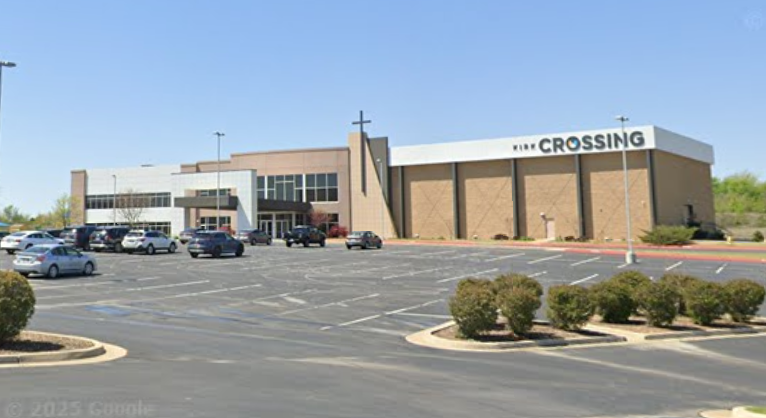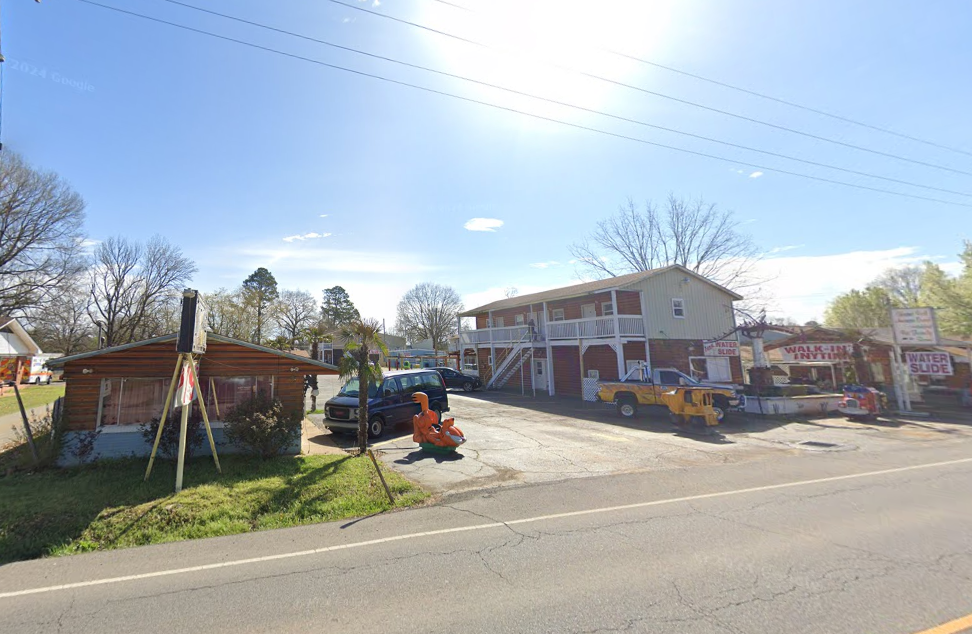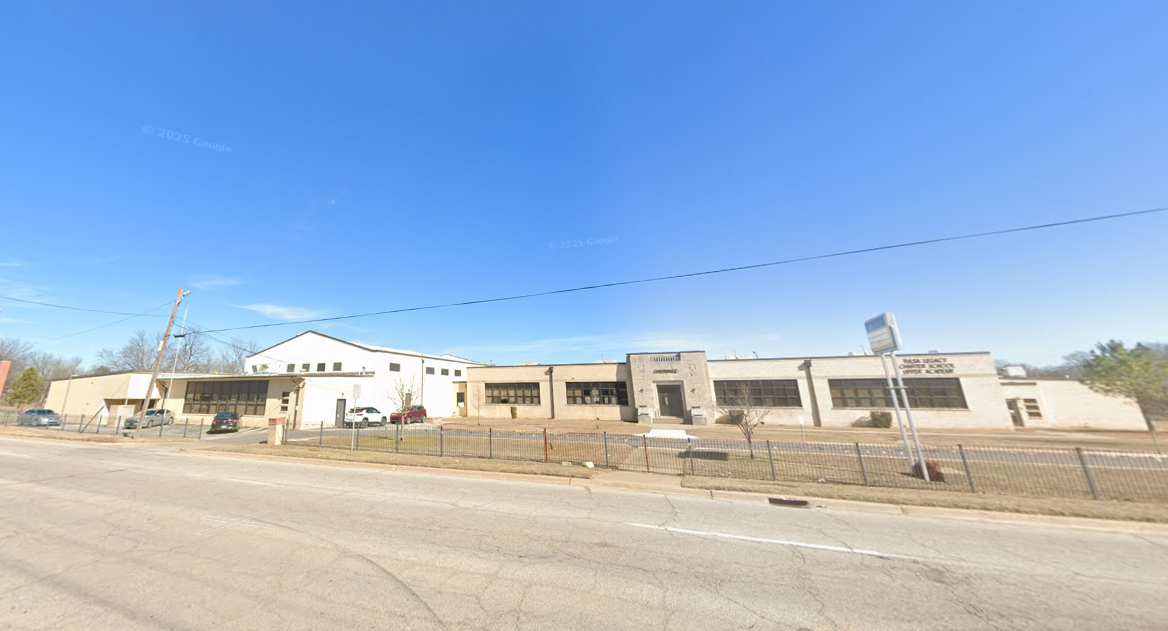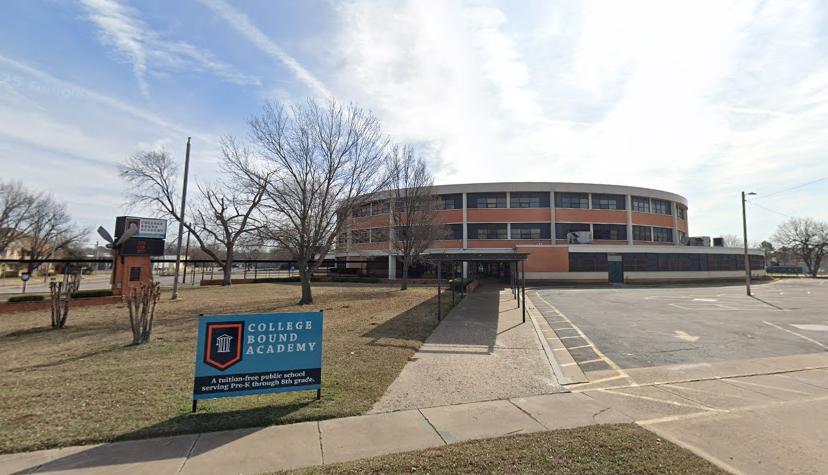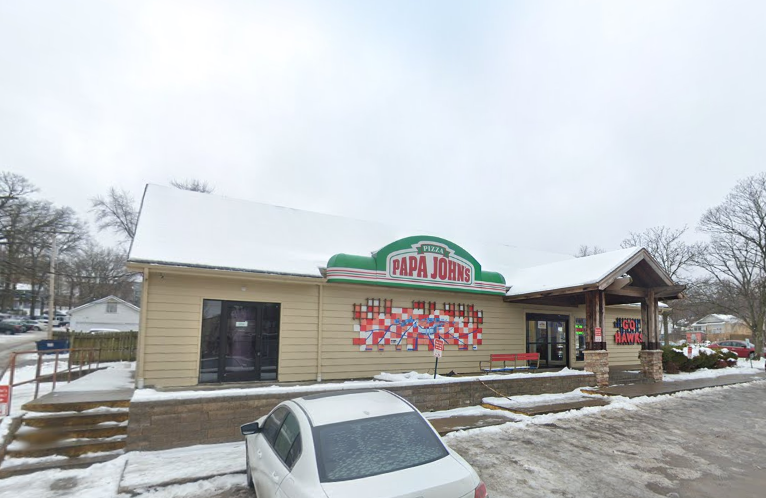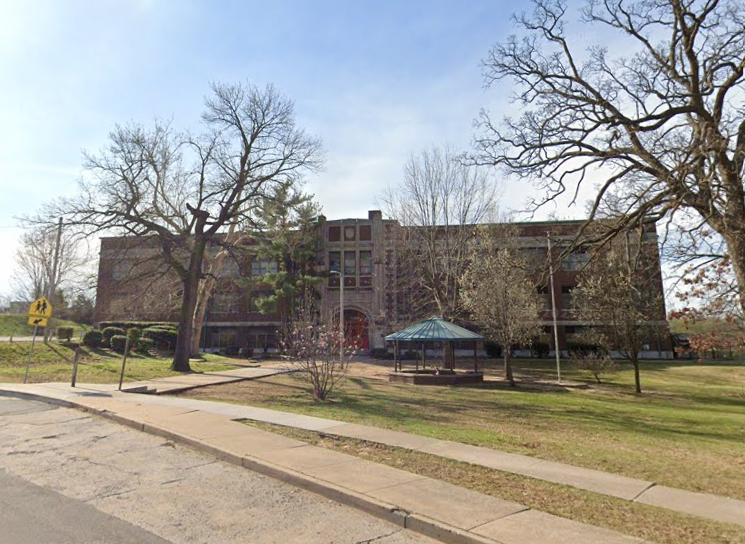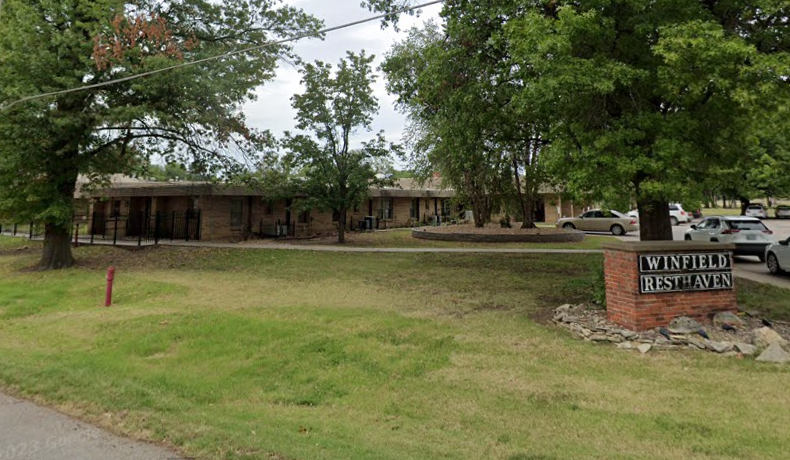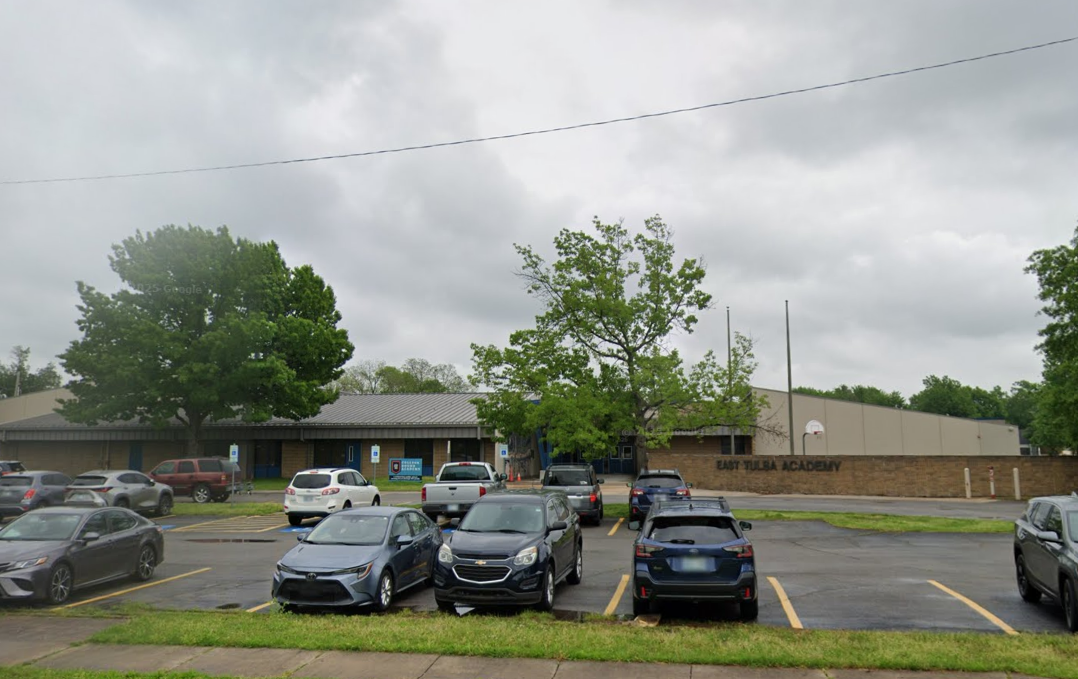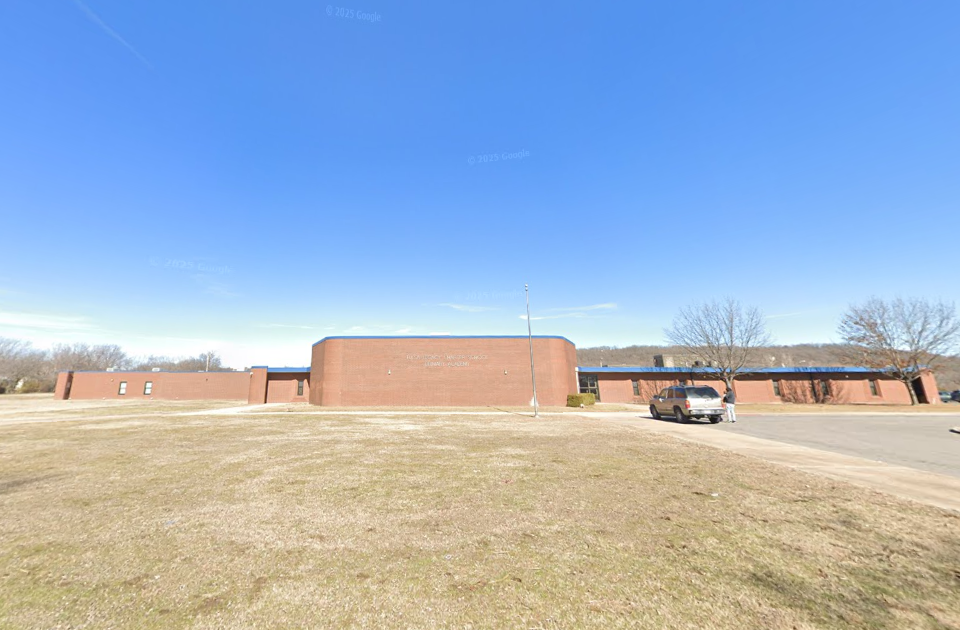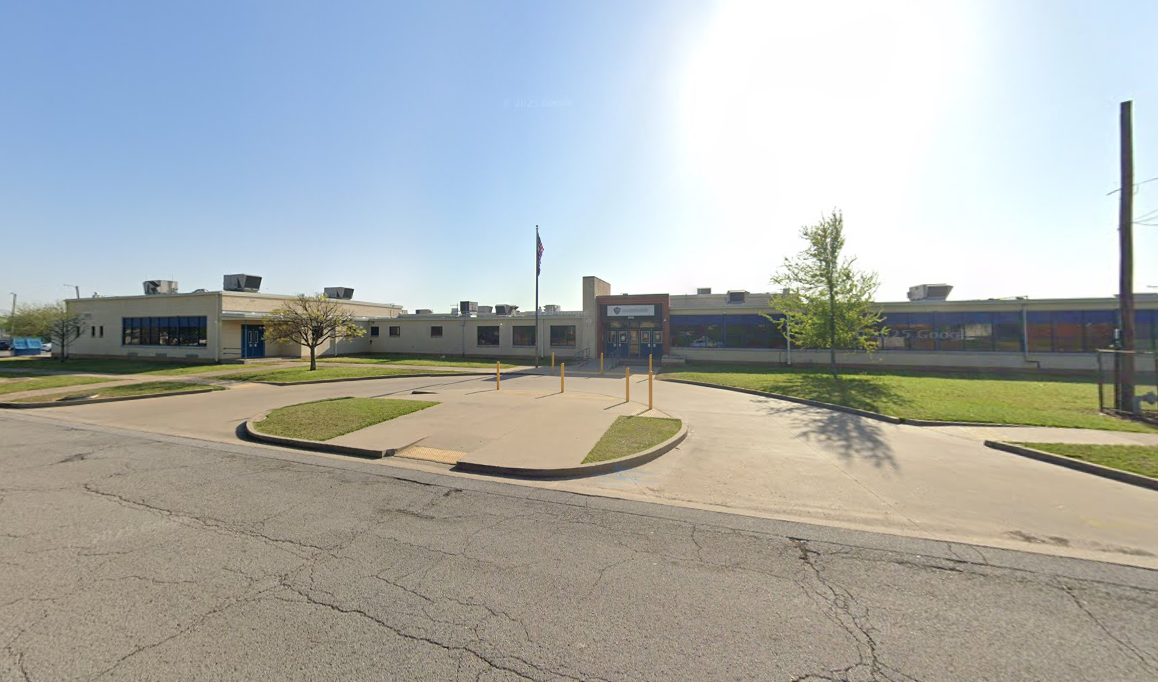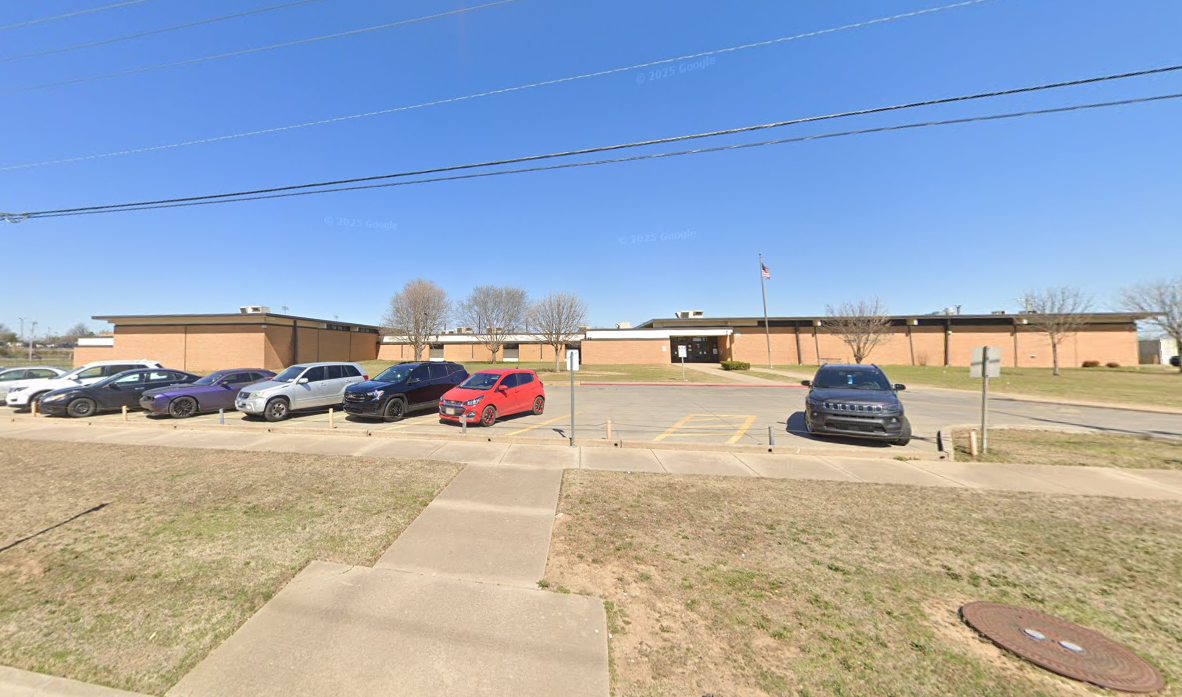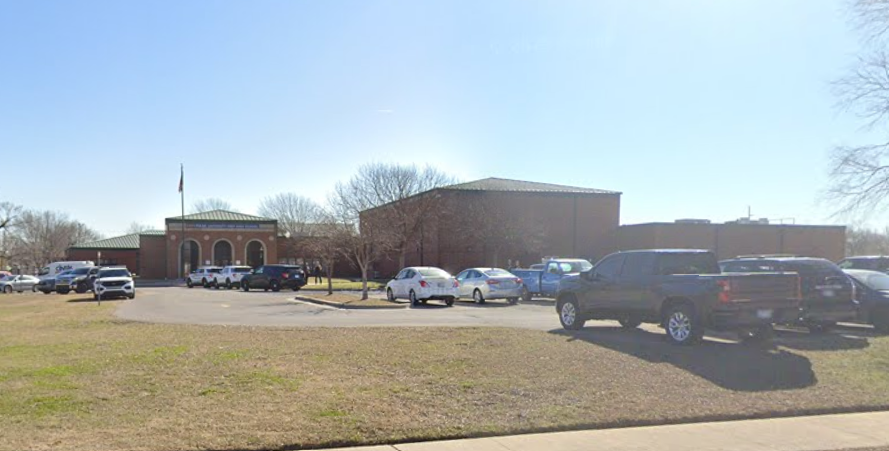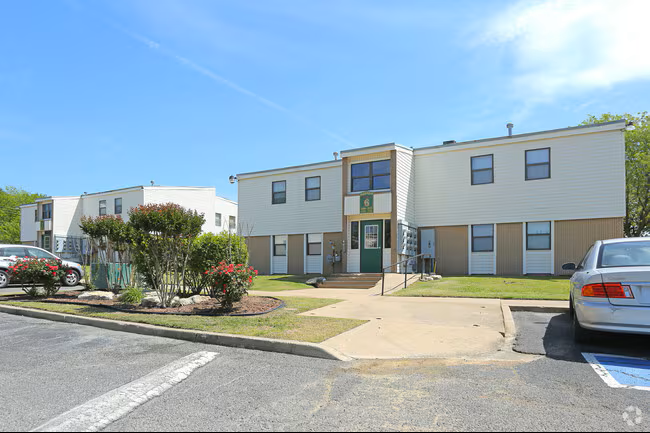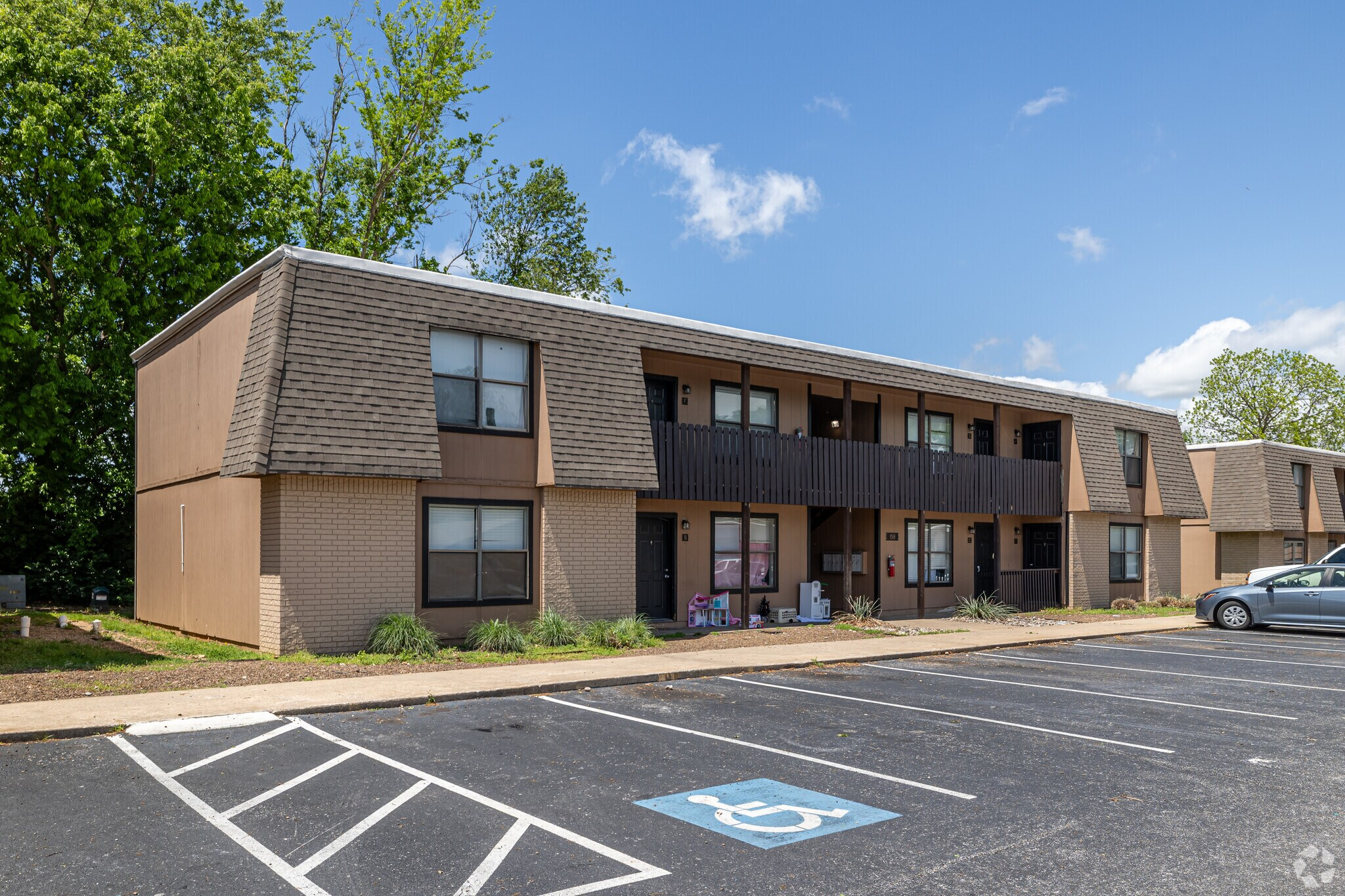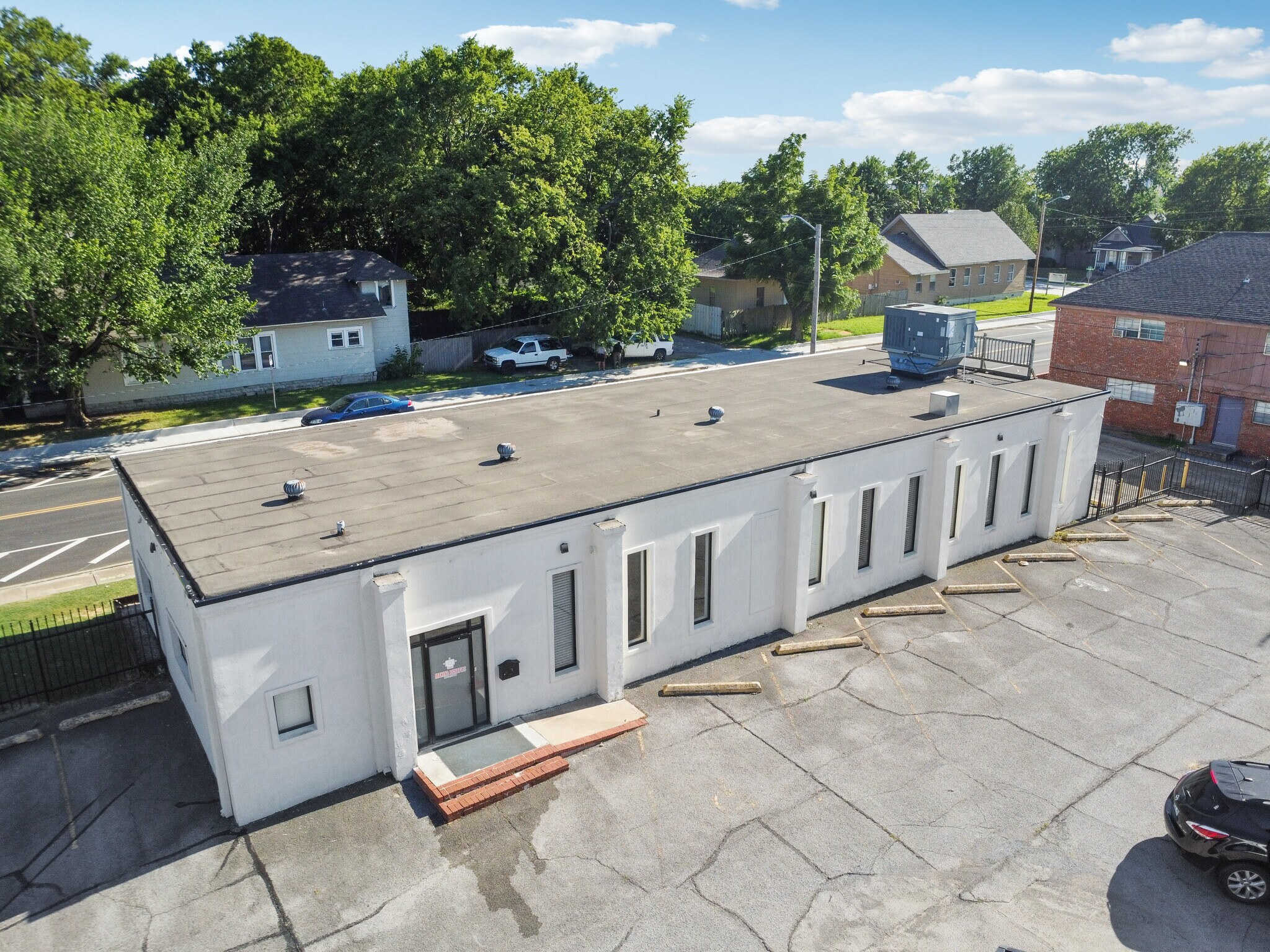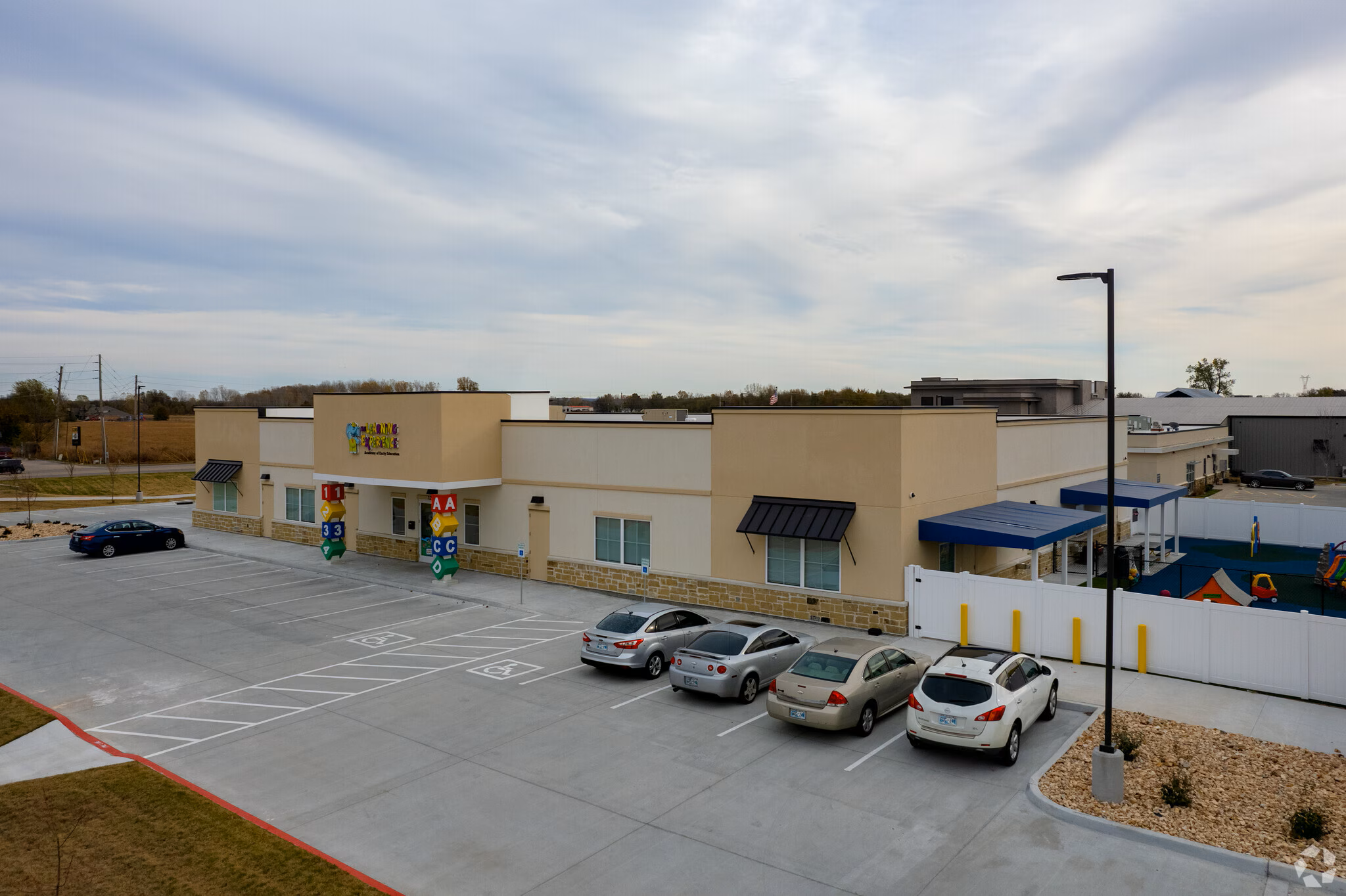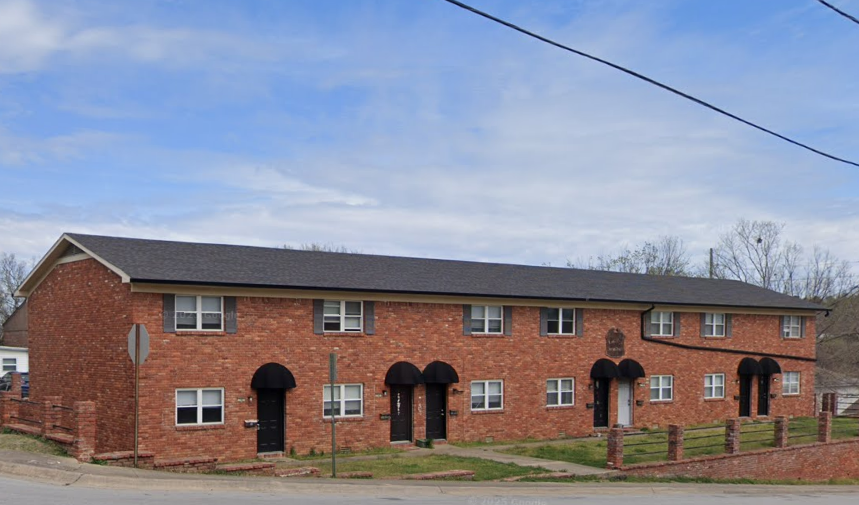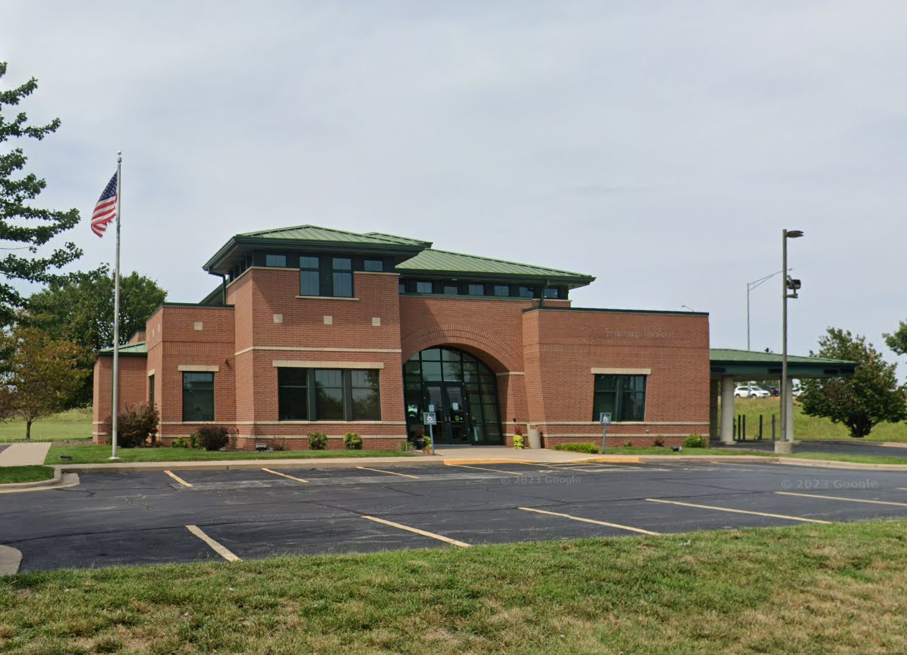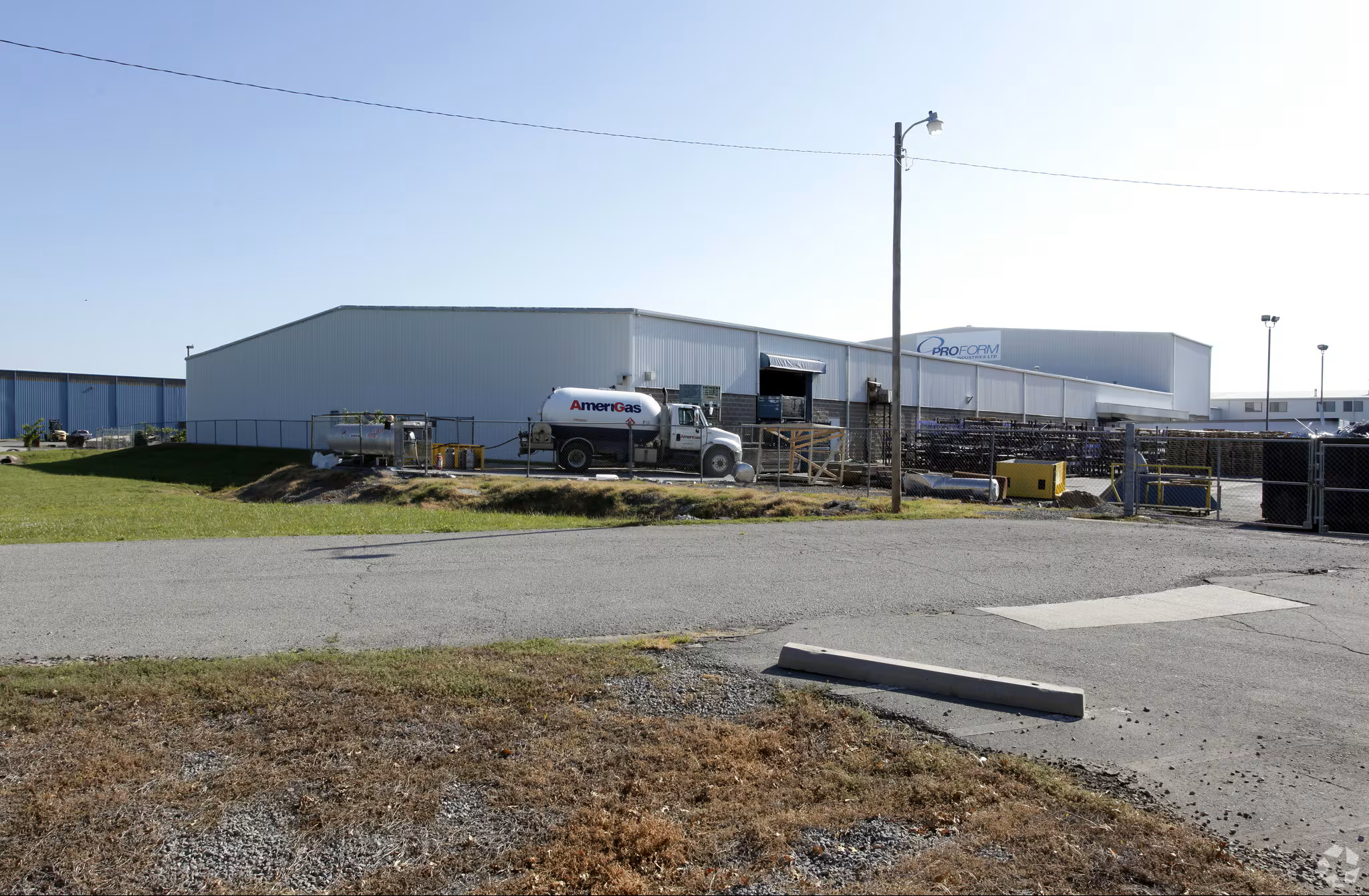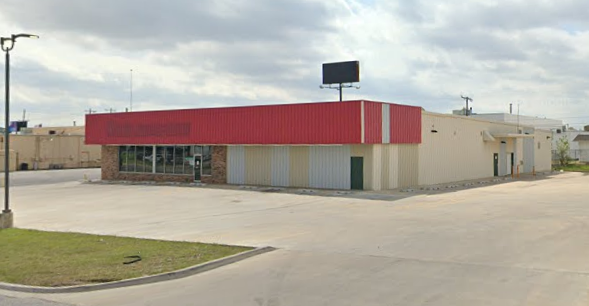The Multi-Family & Hospitality Building Inspection That Helps You Protect Your ROI
The Multi-Family and Hospitality Inspections Keep Your Capital Spending on Schedule
Since 2019, multi-family residential and hospitality buildings have accounted for 15.7% of our total commercial property inspections across Oklahoma, Arkansas, Missouri, and Kansas. From duplexes and four-plexes to large garden-style apartments and low-rise buildings, these properties serve a critical purpose: they house people. That means your inspection isn’t just about investment—it’s about habitability, safety, and long-term value. Whether you’re buying, selling, managing, or financing a multi-family asset, we give you the information needed to make smart, people-first decisions.
The People Behind the Property
Every inspection serves a client with specific goals. Multi-family property inspections must consider a mix of financial, regulatory, and human factors. Here’s how our client categories break down:
Building Owners & Property Managers
Owners need to ensure the property is safe and functional—not only for residents, but also for future revenue. Managers use inspection data to plan maintenance budgets, reduce tenant complaints, and justify rent adjustments.
Buyers & Sellers
Buyers of multi-family properties often operate on tight cap rates. They want to know exactly what condition the building is in before committing. Sellers benefit from pre-listing inspections that minimize renegotiations and build buyer trust.
Commercial Lease Tenants
In the multi-family world, “tenants” are your residents. Property owners often use our reports to verify compliance with habitability laws, maintain livability, and reduce liability exposure related to maintenance claims or injury.
Financial Institutions
Lenders are particularly cautious with multi-family loans due to tenant exposure. They rely on our reports to ensure the asset is safe, insurable, and not burdened with deferred maintenance that could impact loan performance.
Insurance Providers
These carriers need to understand exposure risks: fire escapes, stairwells, parking lots, roofing, and access control. Multi-unit buildings increase liability and claims potential, so accurate inspection data is vital for underwriting.
Government & Public Agencies
Affordable housing authorities, housing development corporations, and other public housing stakeholders require code-compliant, accessible buildings. Our reports verify ADA components, life safety systems, and long-term viability.
The Services That Deliver Confidence
We offer three core services that support ownership, compliance, and operational planning:
Property Condition Assessment (PCA)
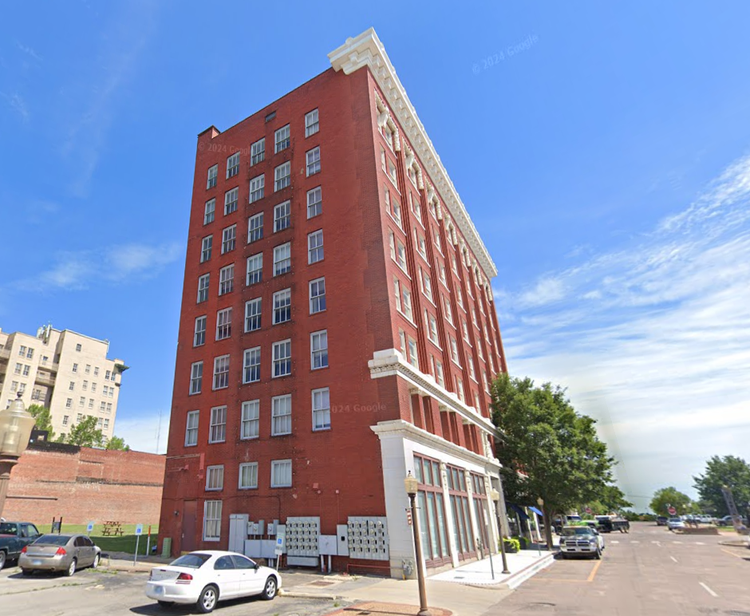
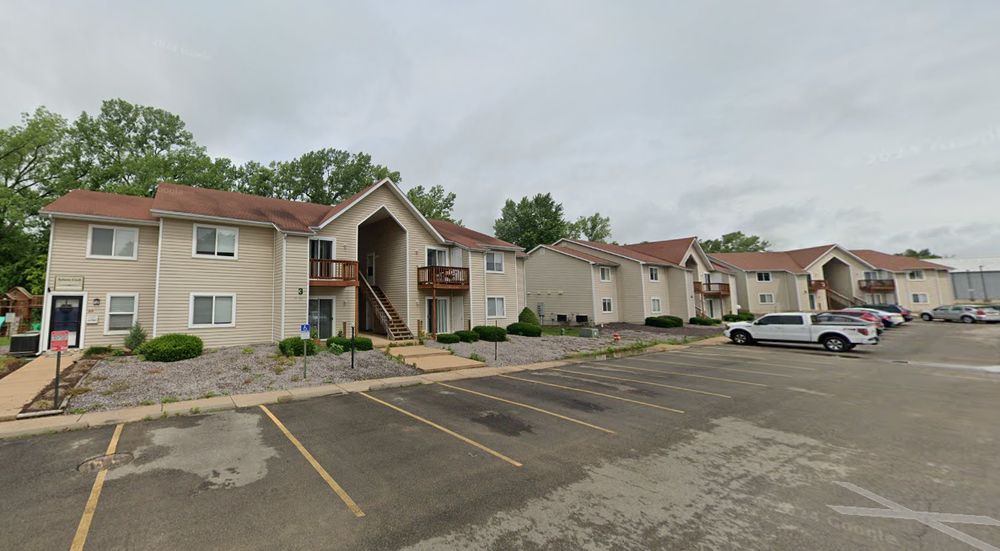
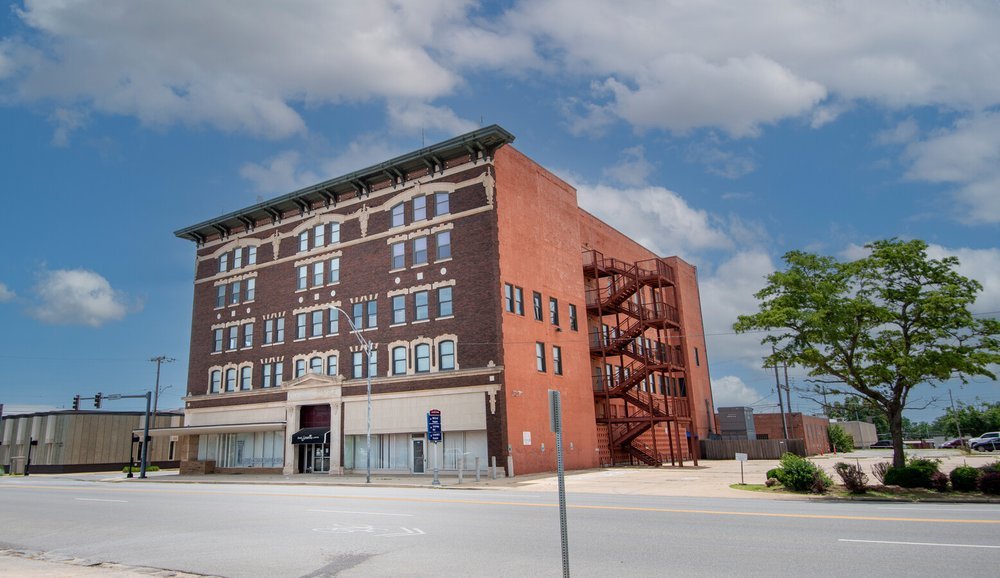
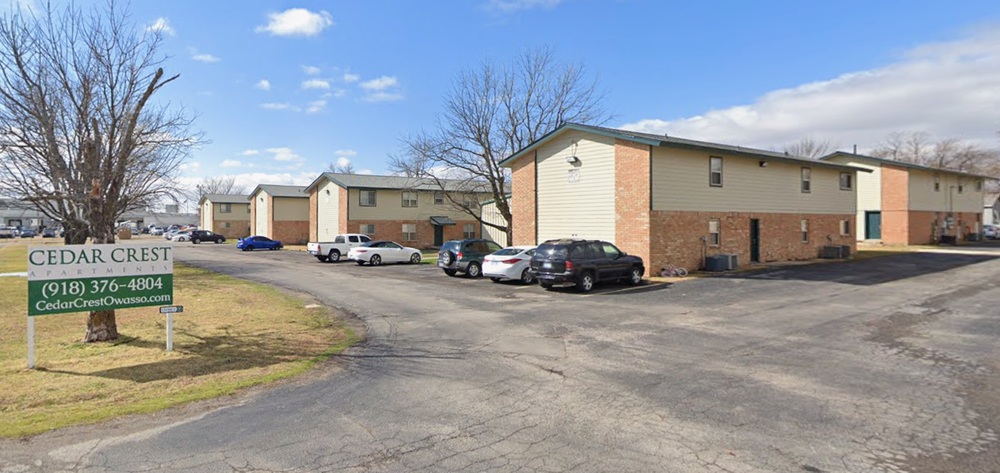
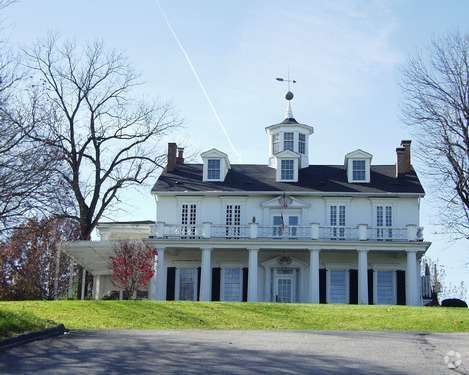
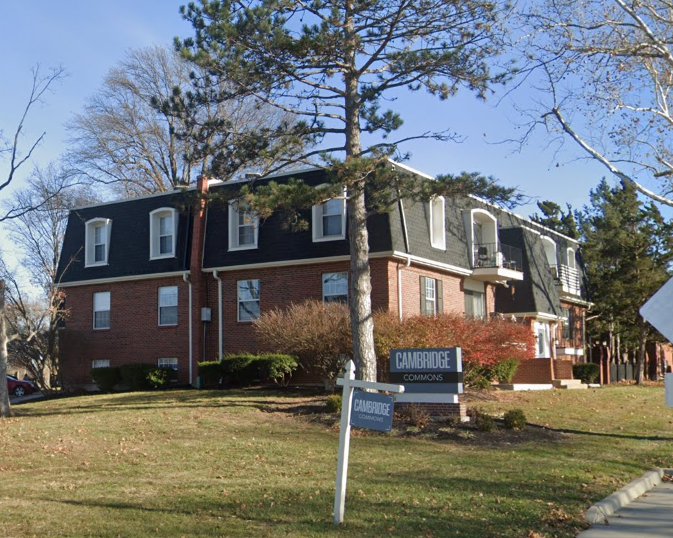
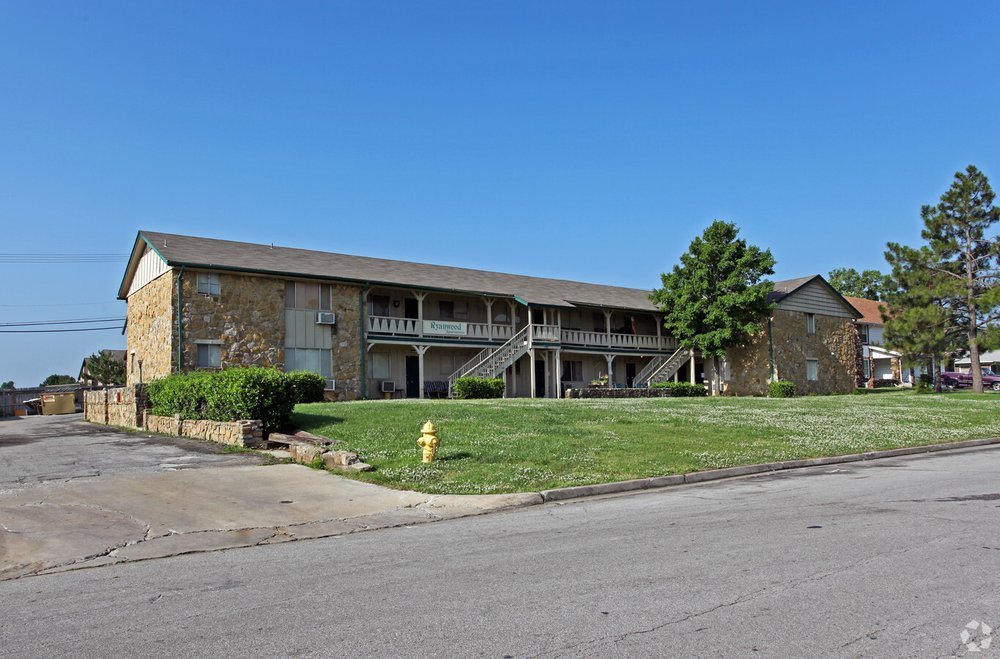
For multi-family inspections, our PCAs address:
Roofs (flat, pitched, and multi-slope configurations)
Plumbing (shared water lines, drainage, unit isolation valves)
HVAC (individual units or central systems)
Electrical (panel loads per unit, GFCI protection)
Life safety (smoke detectors, carbon monoxide alarms, fire egress)
Building envelope (siding, balconies, railings, stairways)
Common areas (laundries, parking lots, pools, leasing offices)
A Few of the Multifamily & Hospitality Properties We’ve Inspected!
All findings are included in a detailed Property Condition Report (PCR) that outlines what’s working, what’s failing, and what needs further evaluation.
Opinion of Cost Report
We prepare immediate and short-term cost estimates for all major repairs or replacements, often focused on:
Roof or HVAC replacement
Code upgrades
Structural stabilization
ADA retrofits
Life-safety system repairs
We use local contractor pricing, supplier quotes, and RSMeans data with a 20% variance factor to help you budget effectively.
ADA Accessibility Inspection
Even if your multi-family property was built before the 1991 ADA standard, you may still be subject to “readily achievable” accessibility compliance for:
Leasing offices
Clubhouses
Community laundry rooms
Parking lots
Accessible unit entries and bathrooms
We follow federal ADA standards and the CCPIA COMSOP to help owners reduce legal risk and improve livability for all residents.
Common Findings in Multi-Family Building Inspections
Here are the most common and costly issues we uncover in multi-family inspections:
Roofing Failures
Low-slope roofs with poor drainage or years of patching, leading to hidden water damage in ceilings and wall cavities.Life-Safety Deficiencies
Missing or non-functioning smoke detectors, inaccessible fire escapes, blocked exit routes, or outdated egress lighting.Deck and Balcony Hazards
Loose railings, rot at ledger boards, and improperly sloped balconies—especially dangerous for second-story units.Foundation and Drainage Problems
Water pooling near the foundation, soil erosion, or compromised grading often leads to costly structural issues.Plumbing System Failures
Galvanized pipes, poor drainage slope, and water heater issues (especially in retrofitted laundry rooms or mechanical closets).Non-Compliance with Accessibility Requirements
Leasing offices without ADA-compliant entries, inaccessible parking, or improperly designed community amenities.
Some of Our Multi-Family and Hospitality Clients Include:
Here are a few great examples of the office buildings we’ve inspected:
Inspection Trends by Region
Multi-family buildings differ significantly in design, age, and compliance history across the states we serve:
Tulsa & Oklahoma City
Many garden-style units built in the 1970s–90s require updated HVAC, plumbing, and roof systems.Fayetteville & Bentonville
Student housing and workforce housing units often show life-safety issues and inconsistent ADA retrofits.Springfield & Columbia, MO
Legacy properties in walkable neighborhoods often feature aging balconies, shifting foundations, and unpermitted conversions.Kansas City & Wichita
Multi-family rehabs in mixed-use zones often need envelope upgrades, drainage improvements, and energy-efficient HVAC replacements.
We modify our inspection approach based on local code enforcement patterns and regional construction techniques.
Final Thoughts: Healthy Buildings Mean Healthy Investments
Multi-family buildings are more than just financial assets—they’re homes. And the people who live in them deserve safety, dignity, and comfort. Our inspections help you, as an investor or property manager, protect your capital and your community.
Whether you own two units or eight hundred, our team delivers actionable reports, accurate cost estimates, and ADA insight that aligns with today’s expectations—and tomorrow’s regulations.
Bibliography
Certified Commercial Property Inspectors Association. (n.d.). International standards of practice for inspecting commercial properties (COMSOP). https://ccpia.org/comsop/
International Code Council. (n.d.). International property maintenance code. ICC Digital Codes. https://codes.iccsafe.org/
National Fire Protection Association. (n.d.). NFPA codes and standards. https://www.nfpa.org/Codes-and-Standards
RSMeans. (n.d.). RSMeans building construction costs data. https://www.rsmeans.com/
U.S. Department of Justice, Civil Rights Division. (2010). 2010 ADA standards for accessible design. https://www.ada.gov/resources/2010-ada-standards/
U.S. Department of Housing and Urban Development. (n.d.). Multifamily accessibility design and construction. https://www.hud.gov/program_offices/fair_housing_equal_opp/disabilities/accessibilityR
Questions Answered by the Article
What’s included in a multi-family commercial building inspection?
Why do multi-family properties need specialized accessibility inspections?
How does an Opinion of Cost report help multi-family buyers and managers?
What common issues are found in apartment complex inspections?
How can owners plan capital expenditures based on a PCA?
What ADA features must be present in leasing offices and community areas?
Why do lenders require a PCA before funding multi-family deals?
What’s the risk of deferred maintenance in tenant-occupied buildings?
How do region-specific trends affect multi-family property inspections?
What makes multi-family inspections different from single-tenant buildings?
How do inspection reports help with HUD or LIHTC compliance?
What fire and life safety risks are common in older apartment buildings?



